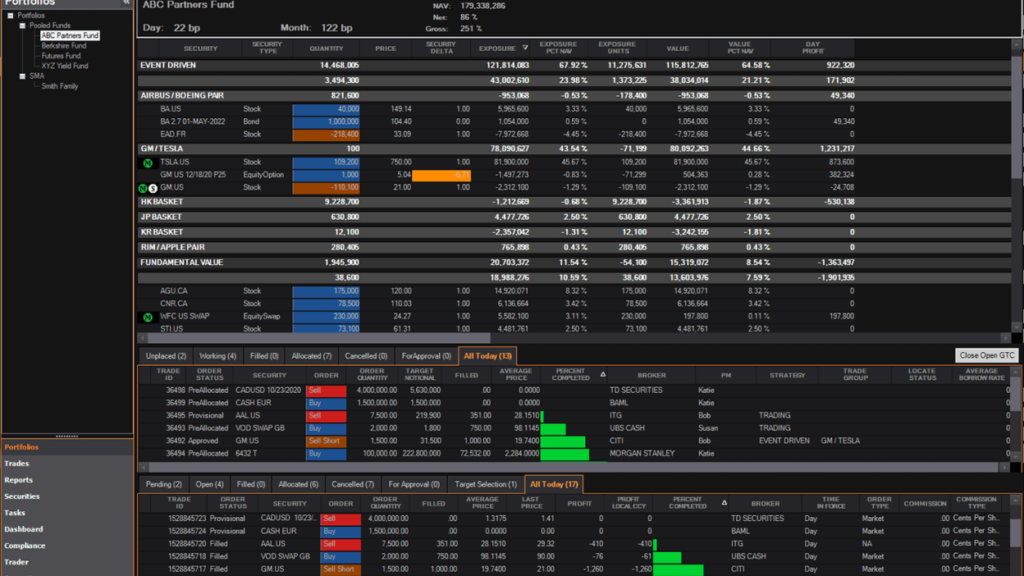Forex trading can be both exhilarating and daunting. The foreign exchange market, with its immense liquidity and 24-hour trading cycle, offers countless opportunities for profit. However, success in forex trading isn’t solely about picking the right currency pairs or timing the market. It requires a well-thought-out trading plan. This post will guide you through the essential steps to developing a winning forex trading plan that aligns with your goals and risk tolerance.
1. Define Your Trading Goals
Before diving into forex trading, it’s crucial to establish clear and realistic goals. These goals should guide your trading strategy and decisions. Ask yourself:
- What are my financial goals? Define whether you’re aiming for short-term gains, long-term growth, or a mix of both.
- What is my risk tolerance? Determine how much risk you’re willing to take on each trade.
- How much time can I dedicate to trading? Your available time will influence your trading style, whether it’s day trading, swing trading, or position trading.
Having clear goals helps to maintain focus and discipline, ensuring that your trading activities are aligned with your objectives.
2. Choose Your Trading Style
Your trading style is a reflection of your personality, risk tolerance, and time commitment. The main trading styles include:
- Day Trading: Involves making multiple trades within a single day, aiming to profit from short-term price movements. This style requires significant time and attention.
- Swing Trading: Focuses on capturing short- to medium-term trends. Swing traders hold positions for several days to weeks.
- Position Trading: A long-term approach where traders hold positions for months or even years, based on fundamental analysis and long-term trends.
Select a trading style that suits your lifestyle and aligns with your goals. Each style has its own set of strategies and risk management techniques.
3. Develop a Trading Strategy
A trading strategy outlines your approach to trading, including how you will identify opportunities and make decisions. Key components of a trading strategy include:
- Market Analysis: Decide whether you will use technical analysis, fundamental analysis, or a combination of both. Technical analysis involves studying price charts and indicators, while fundamental analysis focuses on economic data and news events.
- Entry and Exit Rules: Define clear criteria for entering and exiting trades. This could include specific price levels, technical indicators, or economic events.
- Trade Management: Establish rules for managing open trades, including how to set stop-loss and take-profit orders.
Leading online brokers offer essential resources and tools that greatly enhance trading strategies. Among them, MTrading stands out by providing a comprehensive range of features designed to refine your trading approach. Utilizing MTrading’s resources allows you to develop a robust and adaptable plan for diverse market conditions.
4. Risk Management
Effective risk management is crucial for long-term success in forex trading. It involves controlling potential losses and protecting your trading capital. Key risk management techniques include:
- Position Sizing: Determine the size of each trade based on your risk tolerance and account size. Avoid risking more than a small percentage of your trading capital on a single trade.
- Stop-Loss Orders: Set stop-loss orders to limit potential losses on each trade. This automatic order will close your position if the market moves against you.
- Take-Profit Orders: Use take-profit orders to lock in profits when your trade reaches a predetermined level.
Proper risk management helps to preserve your trading capital and reduce the impact of losses on your overall performance.
5. Keep a Trading Journal
A trading journal is an essential tool for tracking your trades, analyzing performance, and improving your strategy. Record details such as:
- Trade Date and Time: When you entered and exited each trade.
- Currency Pair: The specific currency pair you traded.
- Trade Size and Price: The size of the position and the entry/exit prices.
- Trade Rationale: Your reasoning behind each trade, including analysis and strategy used.
- Outcome: The result of the trade, including profit or loss.
Regularly reviewing your trading journal helps identify patterns, assess the effectiveness of your strategy, and make necessary adjustments.
6. Stay Informed and Adapt
The forex market is dynamic, and staying informed about market conditions is essential. Regularly review:
- Economic Indicators: Monitor key economic reports such as GDP, inflation, and employment data.
- Geopolitical Events: Stay updated on geopolitical developments that could impact currency markets.
- Market Sentiment: Understand the prevailing market sentiment and how it affects currency movements.
Be prepared to adapt your trading plan based on new information and changing market conditions. Flexibility is key to maintaining an effective trading strategy.
7. Continuous Learning and Improvement
Forex trading is a skill that requires continuous learning and improvement. Engage in:
- Education: Read books, take courses, and follow reputable trading blogs and forums.
- Simulation: Practice trading using demo accounts to refine your strategy without risking real money.
- Feedback: Seek feedback from experienced traders and mentors to gain insights and improve your approach.
Investing time in learning and development will enhance your trading skills and increase your chances of success.
Conclusion
Developing a winning forex trading plan involves setting clear goals, choosing a trading style, creating a strategy, managing risk, keeping a journal, staying informed, and committing to continuous improvement. By following these steps, you can build a robust trading plan that aligns with your objectives and helps you navigate the complexities of the forex market with confidence.
Start by defining your goals and gradually build and refine your plan as you gain experience. Remember, consistency and discipline are key to achieving long term success in forex trading.






